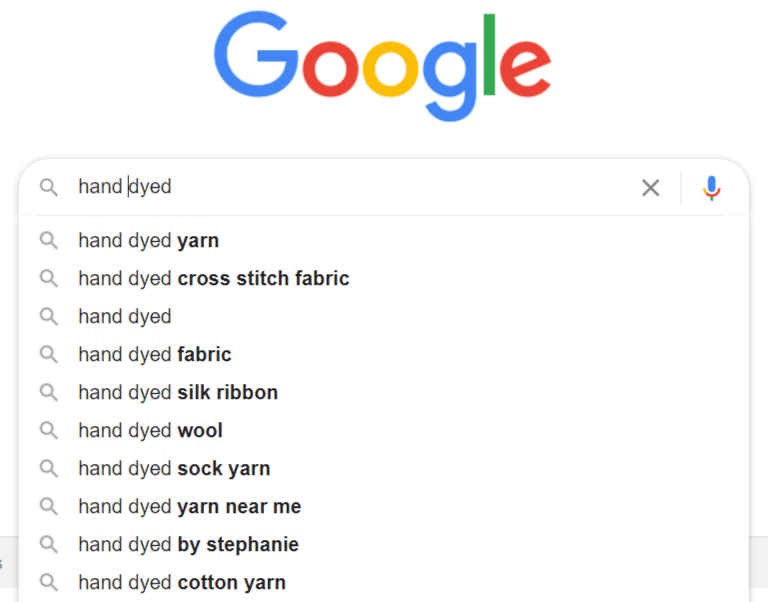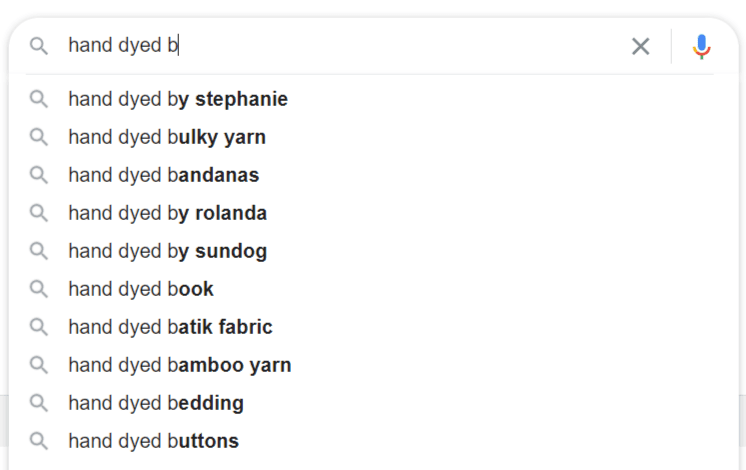Become An Expert On Your Competitors And Boldly Turn Their Weaknesses Into Your Strengths and Market Share
Most startups regardless of financing has the same concern: competition. While it is true that your competition has a larger marketing budget and is already established in your niche market, you need the right perspective before getting into the ring. This is a fight – at first your competition won’t see you as a threat, but if you work hard and sell that will change. But they’re a threat to you right now. Your competition is standing in your way, and that’s a problem.
Competition is awesome! I believe that and always will. It’s exciting, and having them right there waiting for you to stumble will keep you strong even when you don’t feel strong. You’re heading into a fight, so you best know your adversary.

Become an Expert On Your Competition
The first step, obviously, is to identify your competition. If you’re selling hand-dyed blouses to women in the upper-middle and above demographic, you can assume you don’t need to worry about Walmart or Target. But don’t count out the juggernaut that is Amazon and Etsy.
Search for your keywords on Google and Bing and use the Google Keyword Planner to track your keywords and determine their relevancy, popularity, and competition. Remember to look up your keywords on YouTube as well, after all, it is the second most used search engine in the English-speaking world.
Use Google Autocomplete For Competition Analysis
Google Autocomplete, previously known as instant search, is one of the easiest ways to spy on your competitors and gather valuable real-time data on your customers. Go to Google.com and start typing in one of your main keywords (hand-dyed, handmade, artisan, original, unique, etc.) and the instant search box should appear showing you how most people are finishing that search. This shows you what people are searching for in a very real way.
If you start typing into the Google.com search box and nothing happens, that just means you don’t have autocomplete turned on. Click on Settings at the bottom of the page. You’ll now find yourself on the Search Settings page. Pull down until you see the following box and make the necessary change.

Now you can use autocomplete and see in real-time what your market is searching for and what results they see, including all other companies providing similar products.
If you type in ‘hand dyed’ you’ll notice that yarn comes up first along with fabric and wool and a few others.

If you keep typing to include the ‘b’ of blouse, you’ll see the following:

Now, this is a helpful insight into the future of your hand-dying fabric business!
Hit Search and start writing down your competitors. I would certainly look at the website for the ‘hand dyed by Stephanie’ results because clearly that business is known somewhere in the hand-dying niche, which means you need to know all about Stephanie.
Start making a list of your competitors.
Use Google Keyword Planner
You’re going to need to know your keywords – short and long-tail, and you’re going to want to rank for those keywords using SEO and content marketing through articles and other content. You’re also going to need those keywords to pursue a successful Google Ads and YouTube marketing campaign, so jot them down.
Of course, your competitors need those same keywords, and they’re probably ahead of you in terms of ranking and ad campaigns. Not a problem because that means you can piggyback off the data they’ve already paid to create – and access it for free.
Your competitors (your new enemies) likely started their marketing and ranking strategy at the exact same place you are right now – the Google Keyword Planner. This is a free tool, but you will need to create a free Google Ads account to access it. You’re going to need a Google Ads account soon, so might as well get to know the platform that could very well turn your garage or basement passion into a multimillion-dollar success story. No pie in the sky dreams here – I’ve seen it happen more than once.
Type in a term that’s related to your keyword and let the all-might power that is the Google platform analyze it for you to see what relevant and valuable keywords pop up. When using the Keyword Planner, lean heavily on the Get Keyword Ideas tool embedded in the planner. It’s immensely helpful and extremely valuable.
I recommend going through the comprehensive tutorials that Google has available to get know the inner workings of the Keyword Planner. It won’t take long, and you’ll see a return on your time investment in short order.
Once you have identified your main competitors and put together a nice list, it’s time to write up a dossier on each of those businesses – consider it your war book. You’re going to highlight their every strength, weakness, brand identity, exact customer demographic (buyer persona), key personalities (as found in their YouTube marketing and on their social media channels). This list will help you narrow down and solidify your new image and brand identity because you have perhaps the greatest advantage of all – a fresh start. You’re building from the ground up, so you can build exactly what you need to succeed. You’re going to build an anti-(insert competitor name here) brand that will focus on your strength as a fresh startup with a new image and an unsullied reputation.
Taking on The Competition Best Practices
Review Sites
Look up every competitor on every major review site and take notes on every customer complaint and issue, positive and negative. This will help you develop a marketing and service strategy to really differentiate your brand.
Social Media
Without using your brand’s social media account, follow all your competitors on every social platform. Pay special attention to the Tweets & Replies tab on Twitter and follow the hashtag of their brand. This will let you keep an eye on them and will give you the opportunity to pounce on any major (or minor) stumble. There’s nothing wrong or predatory of responding to unhappy customers of your competitors through your brand account. If their service is subpar and your service is stellar, it’s your responsibility to make sure everyone knows that.
YouTube
Watch every video that is produced by, staring, or involving your competitors. Every review of their products (it’s usually an affiliate so less than honest, but it helps to know every marketing angle) and read through all the comments in every video. Take note of complaints because you’ll be able to use those to craft your strengths.
Trustpilot and Better Business Bureau
Have you checked your competitors out on Trustpilot and the BBB yet? Monitor those pages because every complaint is a step in your direction – seize every weakness, exploit it and market your strength.
Google News
Using your Google account setup, a Google News Alert for each of your competitors and every brand they sell. Be ready because the moment a negative story hits, you’re going to want to release a public statement on social media, your website and even YouTube to promote your brand. A press release from a competitor in a particularly negative news cycle (because your competitor did something truly horrific) can go viral quickly as networks scramble to expand on a story when the story lead is most likely going to remain silent (usually on the advice of legal). Always be prepared to jump into the spotlight and claim your reward for treating your customers well and providing good service and a quality product.
I wrote a few other articles that you may find helpful about differentiating yourself and your brand to compete and what it takes to truly understand your market size and why it’s so important.



79% of online carts are abandoned before even getting to the checkout process. We’ve put together 5 tips that can help you convert abandoned carts into sales that you can start implementing today. Keep Learning >

PayPal is the most recognizable name in the payment processing industry, but it isn’t the only one. You may find these 11 options to be better suited for your business and customer base. Keep Learning >



